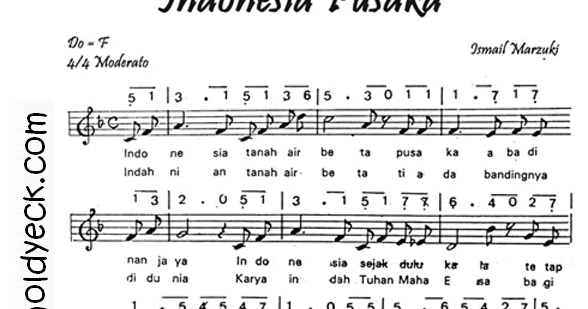
SELECT name FROM table WHERE login = ‘onbmc\\user’ will return the result as expected. (onbmc\user) and it needs to be used in WHERE clause of a query, it has to be escaped in PostgreSQL. If the data contains single backslash character for example. Searching for backslash (\) character in Microsoft SQL Server does not return correct results unless it is escaped, because \ is a default escape character in PostgreSQL.
#Lirik adera lebih indah download
You must download such attachments from the source system prior to migration and upload them elsewhere, such as internal FTP site or OneDrive, and provide links in the ticket for end users. In a Microsoft SQL Server database, the limit for storage of files is 2 GB.Īttachments or data with cumulative size of 1 GB will not be accepted in the system.Īttachments that are larger than 1 GB at source before migration will be lost in migration.ĭo not upload attachments that are larger than 1 GB.īMC will provide a list of entries that might contain attachments that are larger than 1 GB. Typically, the file size should be less than 1 GB. In a PostgreSQL database, the limit for storage in a row is 1 GB. When you are uploading files to the attachment fields in a server, maximum file size limit is different for files for Microsoft SQL Server and PostgreSQL databases.

If there was ASCII NULL character pre-upgrade, fix it in source to remove it and then perform migration. Such character cannot be loaded in the target PostgreSQL database, so modify the calling program/workflow to stop sending this character. Microsoft SQL Server and other databases allow null byte ('\0') in a string on char/text/varchar fields.ĪSCII NULL characters will not get loaded from external data entry.Any existing data containing such characters will be lost during migration. If you try to store a string containing null bytes, you receive an error. PostgreSQL does not allow null byte ('\0') in a string on char/text/varchar fields. This LDAP binary field is mapped to one of the character fields on the CTM:LoadPeople form.ĪSCII NUL characters are represented as \o. One of the fields in LDAP user records is binary, which contains an ASCII NUL character. You run a UDM job to sync LDAP user data into Helix system. FTS indexes have a configuration to enable accent insensitive searches. If it is important to treat accented strings in the same manner as non-accented strings in searches, enable FTS indexes on those fields. Hence, similar sounding words, such as “èvan” and “evan” are treated as the same string.Īccent sensitive searches will not produce expected results as explained in the PostgreSQL example. Microsoft SQL Server supports accent insensitive collation in searches. Hence, similar sounding words, such as “èvan” and “evan” are considered as different strings.īest practice: We recommend you to use FTS indexes so that accent insensitive setting of databases are not used. PostgreSQL database does not support accent insensitive collation searches.
If searches use qualifications (WHERE clause in database) that rely on accent characters, the search results might be different in Microsoft SQL and PostgreSQL. Search results based on accented characters works differently in Microsoft SQL Server and PostgreSQL.



 0 kommentar(er)
0 kommentar(er)
